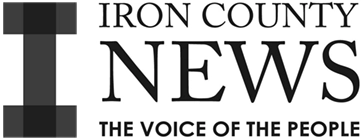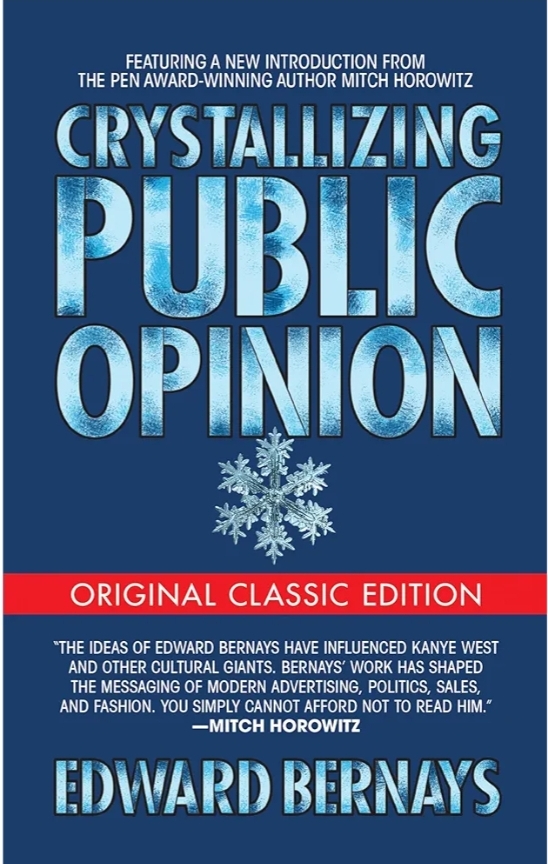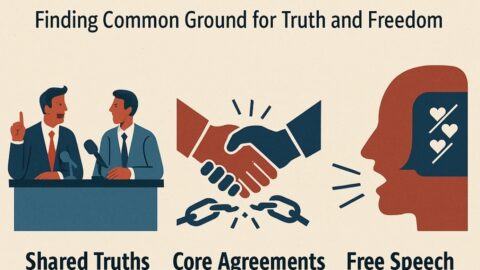Crystallizing Public Opinion (1923) is one of the pioneering works of modern public relations, written by Edward Bernays, often regarded as the “father of public relations.” In this book, Bernays outlines the principles of effective communication and how public opinion can be shaped, molded, and influenced by the media, advertising, and public relations strategies. It serves as a manual on the emerging art of influencing public perception and introduces concepts that would later form the foundation of the public relations industry.
Key Themes and Details:
The Power of Public Opinion:
- Bernays emphasizes that public opinion holds immense power in shaping societies, markets, and political outcomes. He argues that businesses, governments, and individuals who wish to be successful must understand and influence public opinion. To him, managing public perception is not just an option but a necessity in the modern world.
- He stresses that public opinion is not static, but fluid and constantly changing. Influencers, whether they are governments, corporations, or thought leaders, must continuously shape and direct public attitudes to maintain control and ensure favorable outcomes.
The Role of Public Relations:
- Public relations, as Bernays frames it, is an essential tool for shaping public opinion. He believes that with the right strategies and tactics, public relations professionals can guide the thinking and behavior of the masses.
- Bernays advocates for a scientific approach to public relations, one that applies principles from psychology and sociology to understand how individuals and groups form opinions. Through this method, he asserts that public relations can be used to “crystallize” or solidify these opinions in desired ways.
- He views public relations professionals as the link between the public and institutions, helping organizations understand public sentiment while also directing that sentiment in favorable directions.
Techniques of Persuasion:
- Bernays outlines a variety of methods and techniques for persuading the public. These include using media, advertising, celebrity endorsements, events, and other strategies to create appealing narratives that resonate with the audience.
- He discusses the importance of symbols, slogans, and imagery in shaping public perceptions. Bernays argues that effective communication should appeal not only to rational thought but also to the emotions and subconscious desires of people.
- Third-party endorsement is another important tactic, in which respected figures or experts speak on behalf of a cause or product, lending it credibility and trustworthiness. Bernays understood that people are more likely to accept ideas and products recommended by figures they respect or admire.
Democratic Manipulation:
- Although Bernays presents his ideas in a somewhat neutral tone, a key undercurrent of his work is the idea of democratic manipulation—that is, the belief that a small, informed elite should guide and influence the masses for the greater good. This concept reflects Bernays’ belief in the need for social engineering in modern democracy.
- He argues that while democracy is built on the idea that every individual has the right to participate, in practice, most people do not have the time, interest, or knowledge to make informed decisions on complex matters. Therefore, public opinion must be guided by experts and those with the right information.
The Public Relations Counselor:
- Bernays introduces the role of the public relations counselor—a professional who acts as an advisor to businesses, political figures, and organizations on how to manage and manipulate public opinion. He argues that the PR counselor must not only be skilled in communication but also have a deep understanding of psychology, sociology, and human behavior.
- He also highlights the ethical responsibilities of public relations professionals, suggesting that while they wield significant power over public opinion, they should use it responsibly to foster truth and transparency. However, critics have argued that Bernays’ methods can be used for manipulative purposes, a charge he himself acknowledges but rationalizes as part of the process of influencing public good.
Historical Context:
- Bernays wrote Crystallizing Public Opinion during a time of rapid technological advancement and the rise of mass media. Newspapers, radio, and movies were becoming dominant forces in shaping public consciousness, and Bernays recognized the opportunities these new platforms presented for influencing the public on a large scale.
- He was also influenced by the experiences of World War I, during which propaganda played a crucial role in maintaining public support for the war effort. Bernays himself worked on the Committee on Public Information, the U.S. government’s wartime propaganda arm, and saw firsthand how powerful communication techniques could sway public opinion on a massive scale.
Influence on Modern Public Relations:
- Crystallizing Public Opinion laid the groundwork for the modern field of public relations and remains one of the most influential books in the discipline. Bernays’ ideas about how to manage and manipulate public opinion have been embraced by governments, corporations, and media outlets, as well as critics who have expressed concern about the ethical implications of such influence.
- Bernays’ methods and theories have been applied to everything from political campaigns to advertising to corporate branding, and his influence can be seen in the rise of the public relations industry as an integral part of modern business and government strategy.
In Crystallizing Public Opinion, Edward Bernays presents a blueprint for shaping and controlling public opinion through strategic communication, media, and psychology. His work underscores the power of the public relations professional in a democratic society and reflects the belief that the masses must be guided by a well-informed elite. While the book celebrates the positive potential of public relations, it also raises important ethical questions about the manipulation of public consciousness, which continue to be relevant in today’s media-saturated world.







